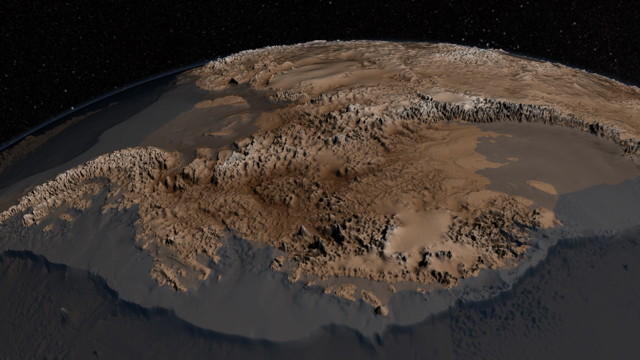
Two recent posts at the British Library’s Maps and Views Blog provide “a whistle-stop tour through maps held in the British Library that chart Antarctica’s gradual emergence from obscurity into light.” The first covers maps of Antarctica through the nineteenth century, when the continent went from unknown to unexplored; the second the twentieth century, where maps of the continent “[reflect] the switch made by cartography to digital data from the latter part of the twentieth century.”






